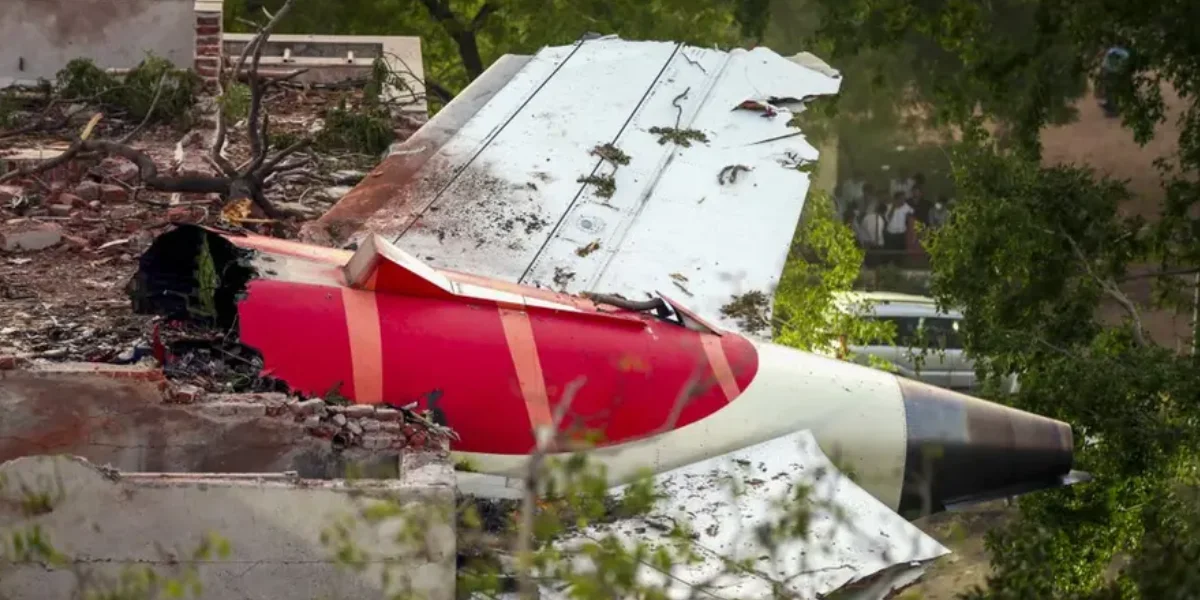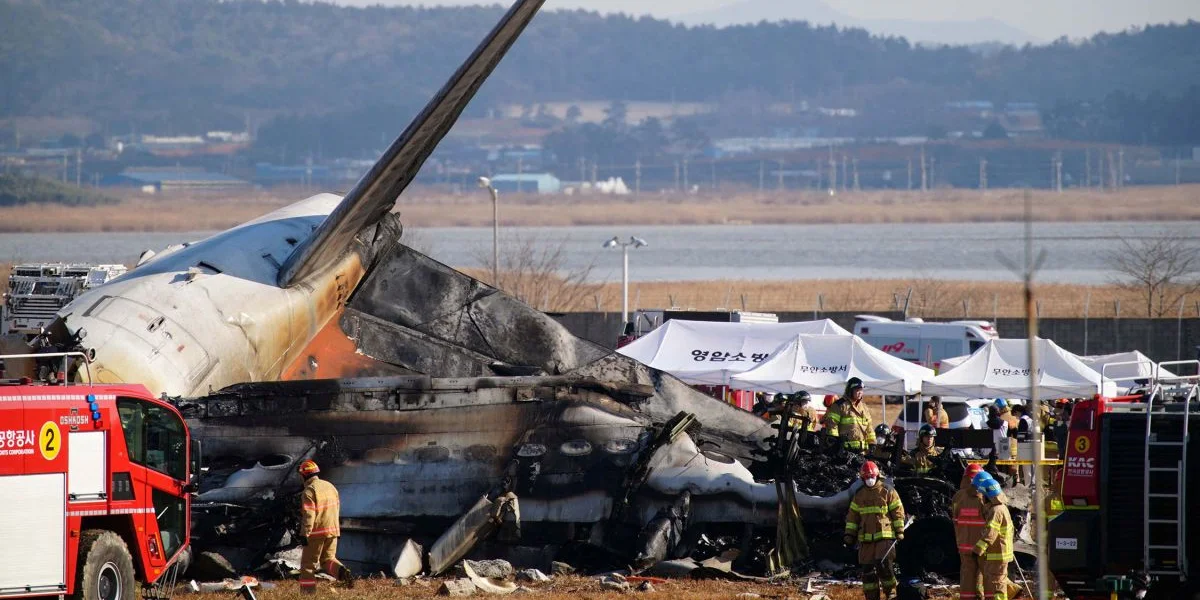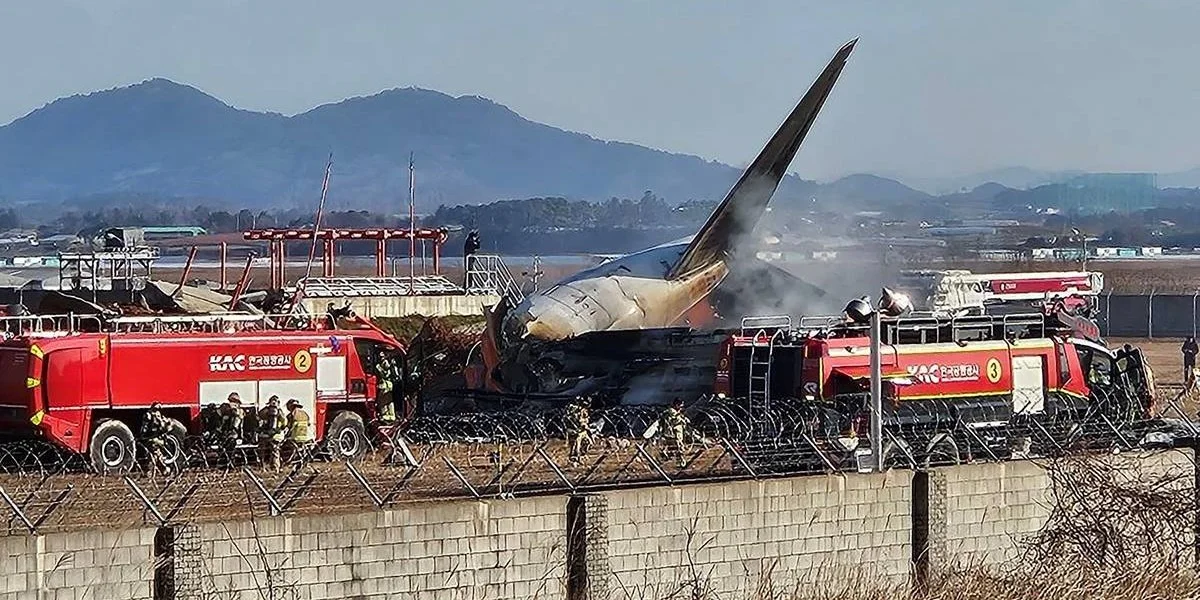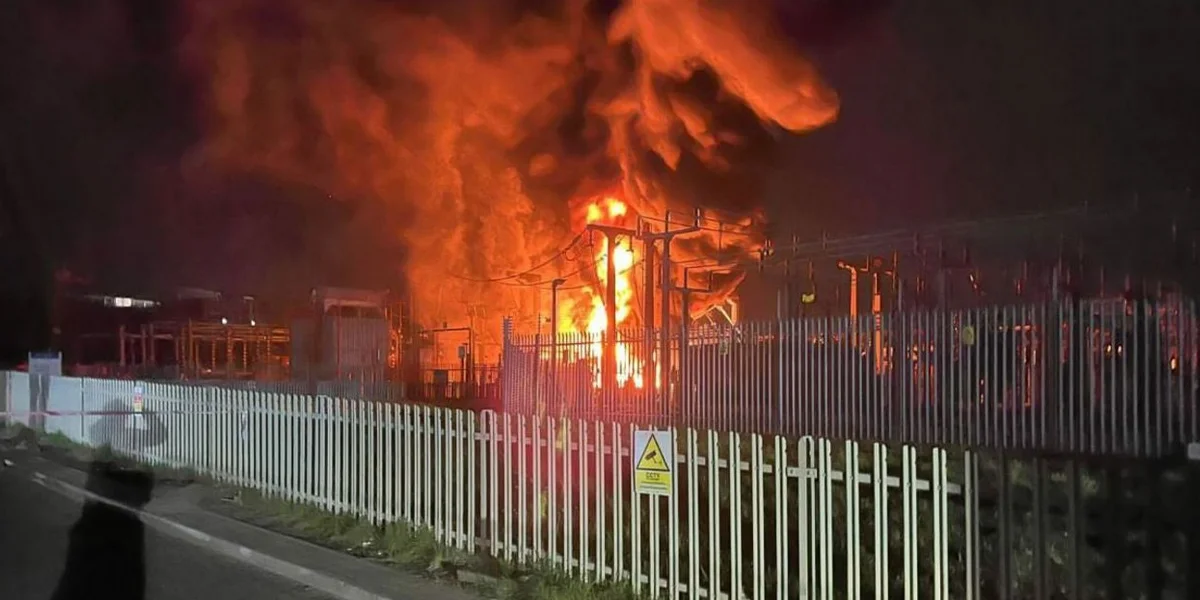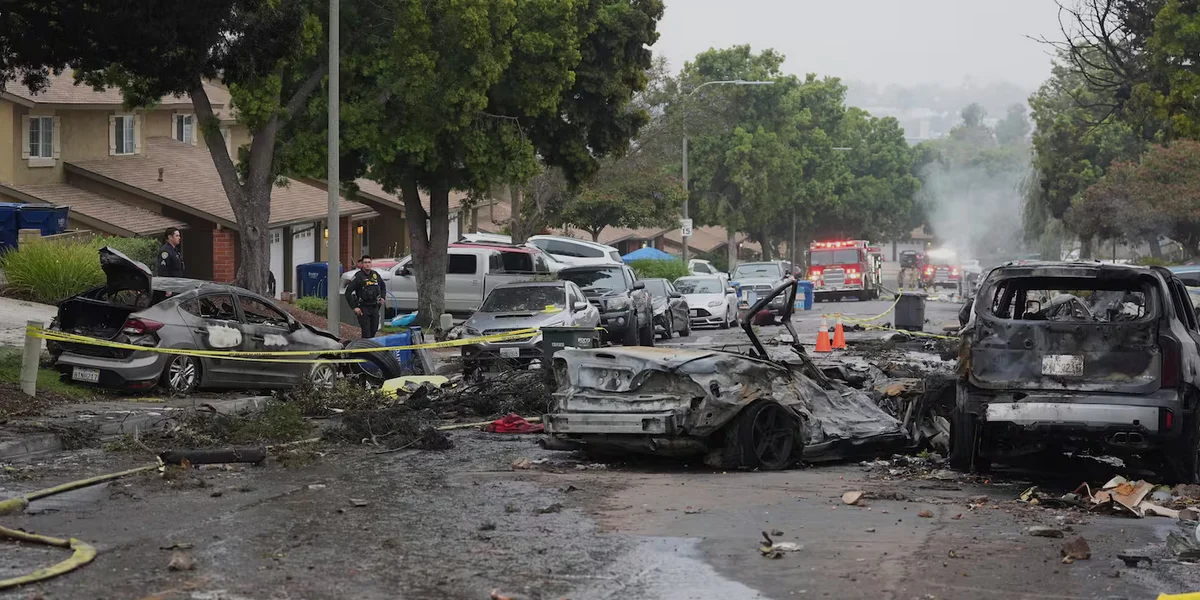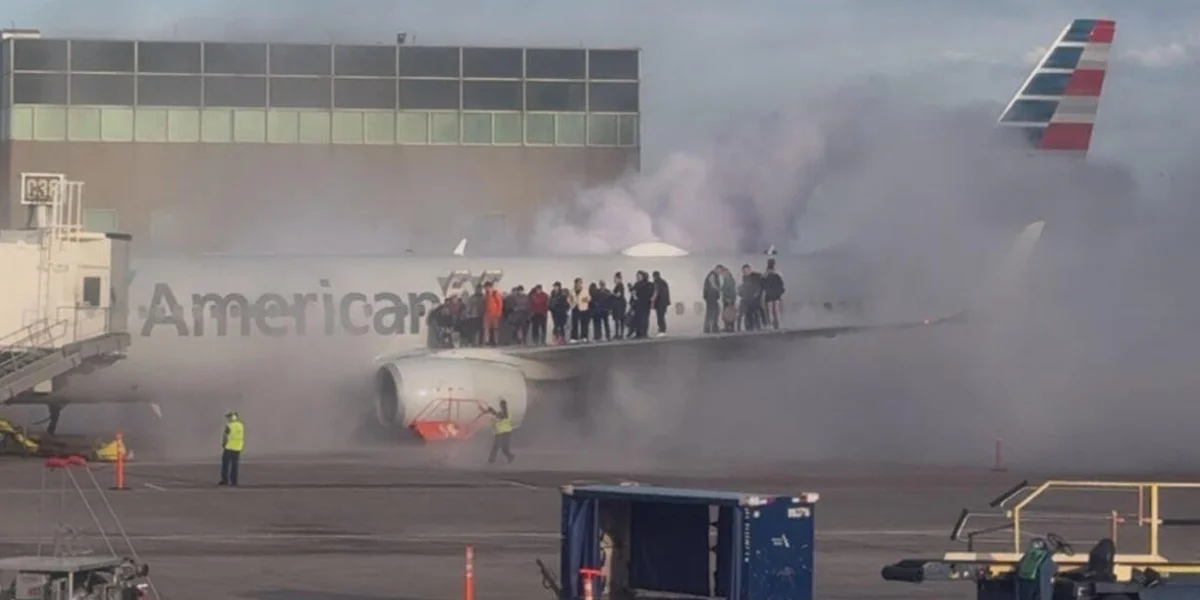Fuel to an Air India plane abruptly cut off before the deadly crash, a report says
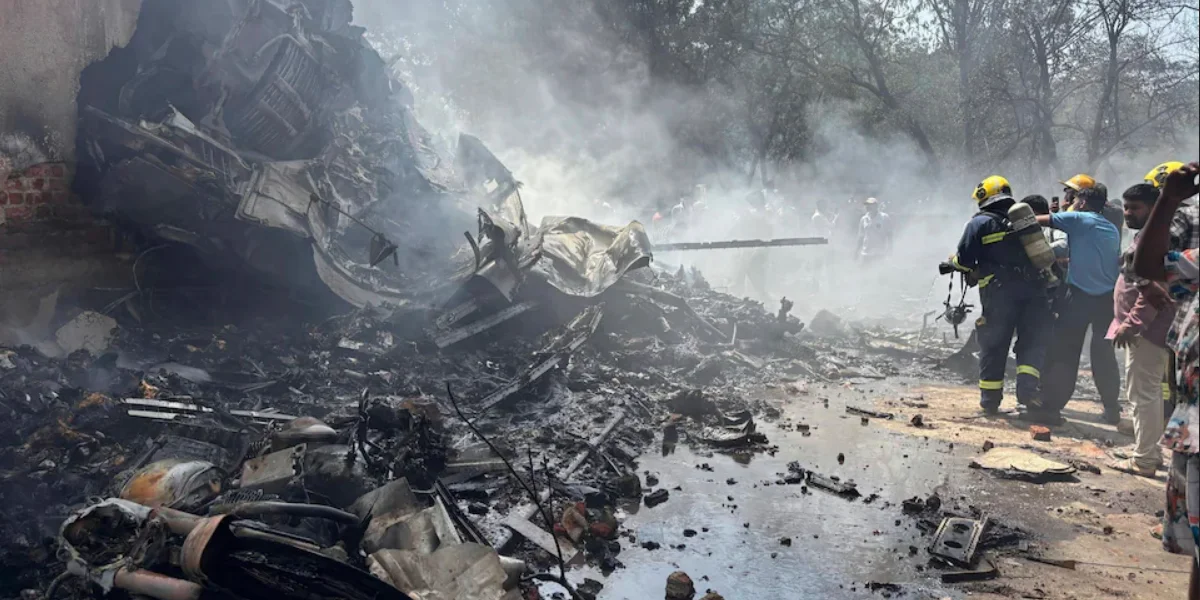
The initial inquiry into the disaster of Air India Flight 171, which killed 260 people in June, has led to a terrifying finding.
Just seconds after take-off, both of the 12-year-old Boeing 787 Dreamliner's fuel-control switches abruptly moved to the "cut-off" position, starving the engines of fuel and triggering total power loss. Usually, you only switch to "cut-off" after you arrive.
The jet that was going to London crashed on June 12, just 30 seconds after it took off from Sardar Vallabhbhai Patel International Airport in Ahmedabad, a city in western India. There were 242 passengers on board, and just one survived.
Investigators were able to get data out of the plane’s “black box” recorders, including 49 hours of flight data and two hours of cockpit audio, including from the crash.
The report says that both engines' fuel cutoff switches were "transitioned from RUN to CUTOFF position one after another with a time gap of 01 sec" when the plane was doing 180 knots.
One of the pilots asks the other why he shut off on the cockpit voice recording. The other pilot responded that he did not do so,” the report reads.
Not long after that, the switches were put back in the right place, and the engines were getting ready to start up again when the crash happened.
Safety experts said it appeared unlikely that the switches were moved without human involvement, whether intentional or accidental.
The fuel switches have safeguards built around them to avoid any accidental switching off, said Shawn Pruchnicki, a former airline accident investigator and aviation expert at Ohio State University.
“For example, on the 787 and probably more airliners these days, the switches themselves — you can’t shut them off without actually lifting them up,” he said. “So there’s a little mechanical gate built into the switch — you have to lift it up over this little gate. So you can’t just bump it.”
The study notes that the gasoline samples from the refueling tanks were "acceptable." Experts had earlier suggested fuel contamination as a possible cause of the dual engine failure. Notably, no advisory has been issued for the Boeing 787 or its GE GEnx-1B engines, with mechanical failure ruled out for now pending further investigation.
It also claimed that the Ram Air Turbine (RAT) on the plane had deployed, which is a clear indicator of a serious systems failure, and the landing gear was discovered to be "down position" or not retracted.
The RAT, a small propeller that extends from the underside of the Boeing 787 Dreamliner, acts as an emergency backup generator. It automatically deploys in flight when both engines lose power or if all three hydraulic systems show critically low pressure. This gives limited power to keep important flying systems working.
Mr. Pruchnicki remarked, "The deployment of the Ram Air Turbine (RAT) strongly supports the conclusion that both engines had failed."
Peter Goelz, a former managing director of the US's NTSB, said: "The finding is very disturbing - that a pilot has shut off the fuel switch within seconds of flying."
"There's likely much more on the cockpit voice recorder than what's been shared. A lone remark like 'why did you cut off the switches' isn't enough," he said.
"The new details suggest someone in the cockpit shut those valves. The question is, who, and why? Both switches were turned off and then restarted within seconds.
"The voice recorder will reveal more: was the flying pilot trying to restart the engines, or the monitoring one?"
“All international protocols have been respected and followed,” Ram Mohan Naidu Kinjarapu, India’s civil aviation minister, told reporters on Saturday. “Let’s not jump to any conclusions at this stage. Let us wait for the final report.”
It could take months, possibly years, to reach definitive conclusions. India had to send in a preliminary investigating report within 30 days after the incident since it was a member of the International Civil Aviation Organization.
The preliminary report was inconclusive, and said the investigators will continue to “review and examine” further evidence.
“Air India stands in solidarity with the families and those affected by the AI171 accident,” the airline posted to X on Saturday (local time). “We continue to mourn the loss and are fully committed to providing support during this difficult time.”

